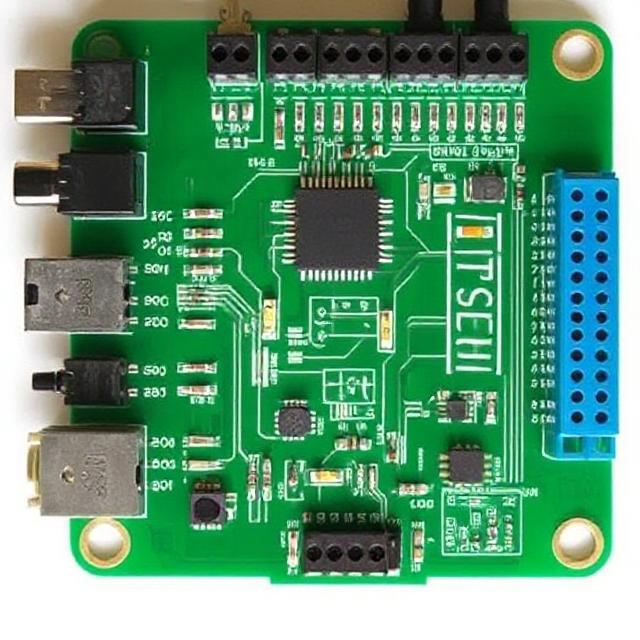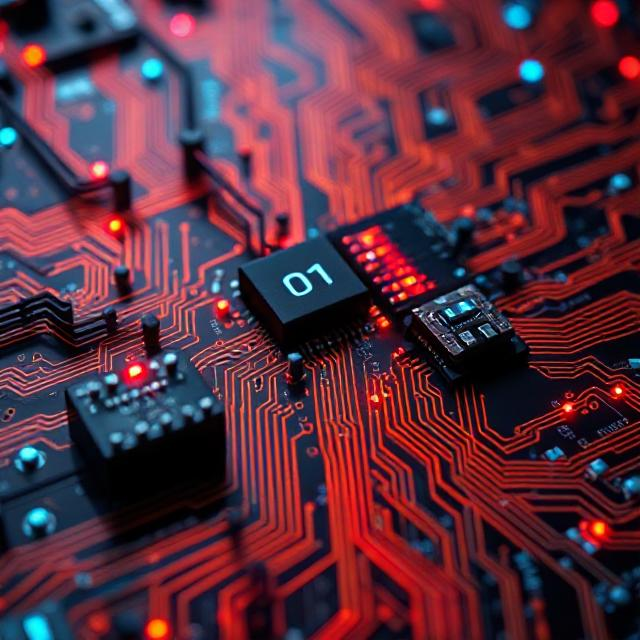The power grid is evolving from a traditional, one-way energy delivery system into a smart, interactive network that efficiently manages electricity flow, integrates renewable energy sources, and supports modern energy demands. Power electronics plays a pivotal role in enabling this transformation, ensuring reliable, flexible, and high-quality power delivery.

This article explains how power electronics facilitates grid integration and supports the development of smart grids.
What is Grid Integration?
Grid integration refers to the process of connecting different power generation sources—especially renewable energy systems like solar and wind—to the existing electrical grid. Since renewable energy sources produce variable and sometimes unpredictable power, integrating them smoothly requires sophisticated control and conversion technologies.
What Are Smart Grids?
A smart grid is an electricity network enhanced with digital communication, automation, and advanced control technologies. It allows two-way communication between power providers and consumers, improves energy efficiency, supports renewable energy, and increases grid reliability and resilience.
Power Electronics: The Enabler of Grid Integration
Power electronics devices and converters are the heart of modern grid integration and smart grids. They enable:
-
Efficient power conversion: Converting power from renewable sources into grid-compatible AC power.
-
Power quality control: Managing voltage, frequency, and harmonics to maintain stable supply.
-
Bidirectional power flow: Allowing energy to flow both to and from the grid, important for distributed generation and energy storage.
-
Grid synchronization: Ensuring that power from different sources matches grid parameters like frequency and phase.
-
Fault detection and protection: Quickly isolating faults to protect equipment and maintain service continuity.
Key Power Electronics Components in Grid Integration
1. Inverters
-
Convert DC power from solar panels or batteries into AC power synchronized with the grid.
-
Advanced inverters support grid services such as voltage regulation and reactive power compensation.
2. Converters
-
Convert AC power from variable-speed wind turbines into stable AC for grid use.
-
Manage power flow between energy storage systems and the grid.
3. Flexible AC Transmission Systems (FACTS)
-
Use power electronic devices to control power flow and improve grid stability.
-
Help manage voltage levels, reduce losses, and prevent overloads.
4. Static Synchronous Compensators (STATCOM)
-
Provide dynamic reactive power support to maintain voltage stability.
How Power Electronics Supports Smart Grids
-
Distributed Generation Integration: Power electronics allows small-scale renewable generators, like rooftop solar, to connect safely and efficiently to the grid.
-
Demand Response and Load Management: Power electronics enable smart appliances and industrial loads to adjust consumption based on grid signals, improving energy efficiency.
-
Energy Storage Systems: Power electronic converters manage charging and discharging of batteries and supercapacitors to balance supply and demand.
-
Microgrids: Small, local grids that can operate independently or connected to the main grid rely heavily on power electronics for control and seamless transition.
Benefits of Power Electronics in Grid Integration and Smart Grids
-
Improved Reliability: Fast control and protection mechanisms reduce outages.
-
Enhanced Efficiency: Minimized losses in power conversion and transmission.
-
Increased Renewable Energy Use: Smooth integration of variable renewable sources.
-
Better Power Quality: Reduced flicker, harmonics, and voltage fluctuations.
-
Greater Flexibility: Supports new technologies like electric vehicles and distributed storage.
Challenges and Future Trends
-
Managing complexity of multi-source grids.
-
Reducing cost and size of power electronic devices.
-
Improving cybersecurity for digitally connected grids.
-
Developing wide-bandgap semiconductors (SiC, GaN) for higher efficiency.
-
Implementing advanced control algorithms using AI and IoT.
Conclusion
Power electronics is the backbone of modern grid integration and smart grid development. It enables efficient, reliable, and flexible management of electricity flow, supporting the transition to a cleaner, smarter energy future. As power systems become more complex, advances in power electronics will continue to drive innovation in how we generate, distribute, and consume electricity.











